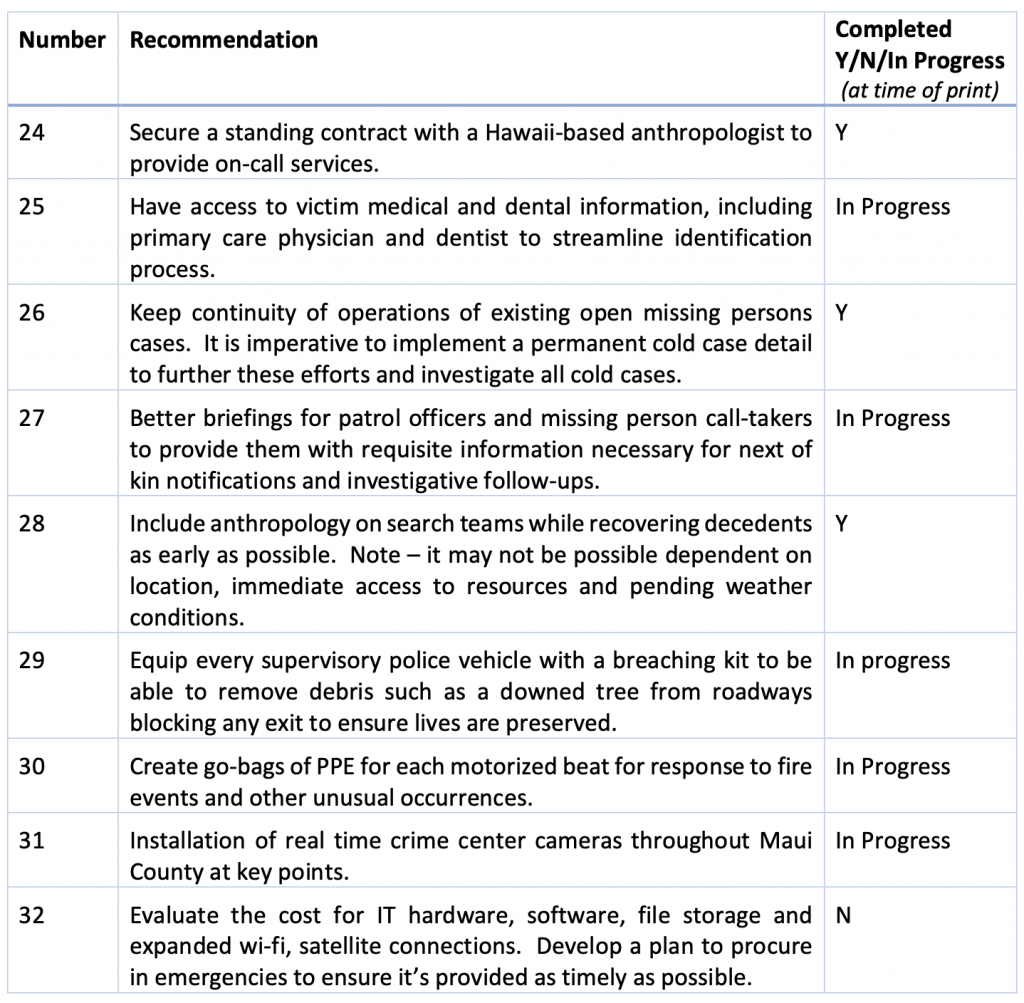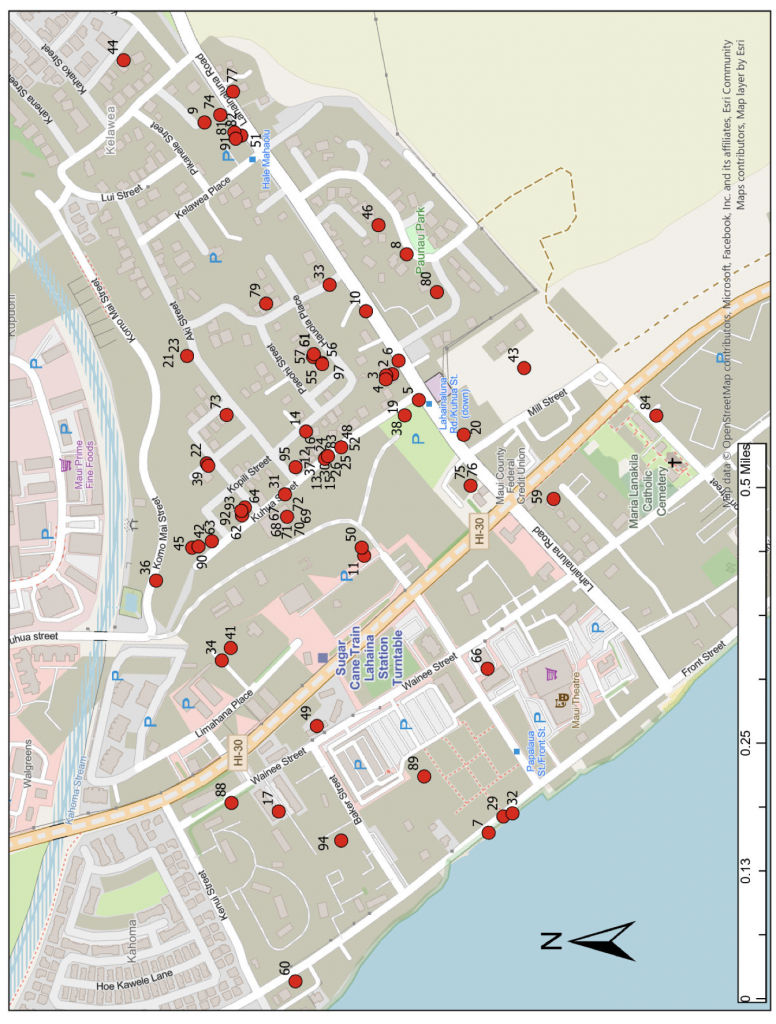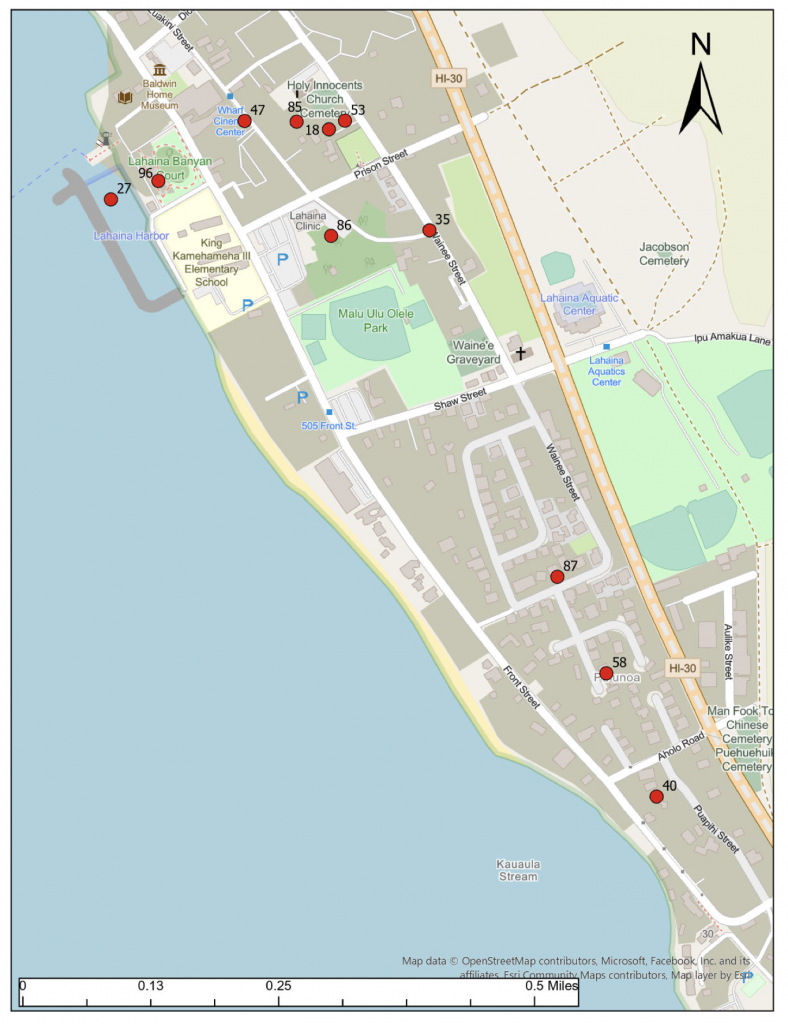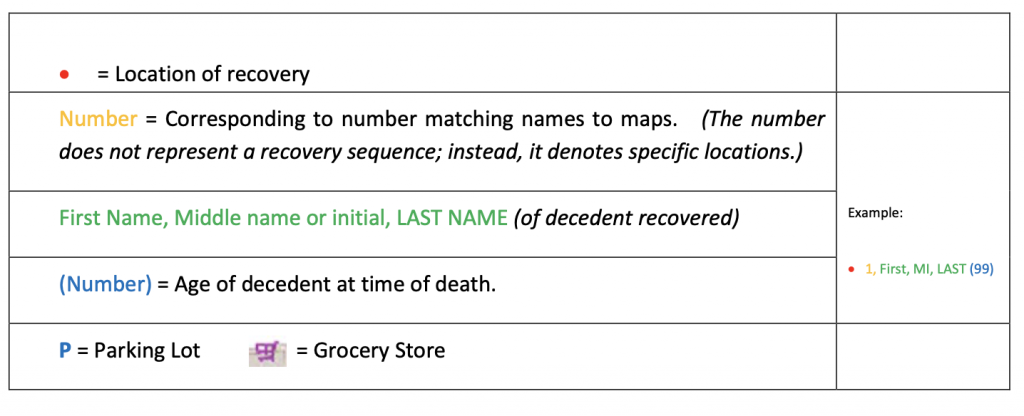Maui police present 98-page after-action report detailing 32 recommendations following Lahaina wildfire
*Disclaimer: The conference contains graphic audio and video from police response.
Nearly six months after the Aug. 8 Lahaina wildfire, Maui police released a 98-page preliminary after-action report outlining 32 recommendations.
Maui Police Chief John Pelletier said the report documented police response, including what went right, challenges encountered, and what can be done going forward.
He reflected on the last few months: “I made a commitment six months and stood in front of some of you and said, ‘We’re going to do this right. We weren’t going to do this fast.'”
The report includes information on the progress of addressing recommendations to ensure the department is held accountable. One of the equipment recommendations involved a request for optional earpieces to ensure communications during hazardous conditions like high winds.
When asked to identify top recommendations, Chief Pelletier said it was difficult to point out just one, calling all important. He explained that the report was written for the entire law enforcement community.
32 recommendations outlined
“Because we don’t know what the next critical incident is going to happen and where it’s going to happen, and if we can identify these action items, maybe another agency—if they’re not thinking about them—they can incorporate them too. And then maybe, just maybe, the entire policing profession, and the entire first responder community can be better,” said Chief Pelletier during a press conference at the Wailuku Police Station on Monday afternoon.


“Seconds matter. One of the things we talked about was having a real-time crime center or real time operations center,” said Chief Pelletier. The item is one of the dozens of recommendations outlined in the report.
Department leaders say technology is available right now, and the department is looking for grants to support the recommendations.
According to Chief Pelletier, AI technology currently exists that detects anomalies. The tech could be used for finding felony vehicles as they are fleeing, but could also be pointed to the mountains and the technology could identify smoke as an anomaly.
“Imagine if you could detect smoke from a fire in real time, that’s faster than 911,” he said. “And imagine the ops center if you had a combined first responder environment and that you had everybody together that could get that action and have that intelligence right there in real time. That’s a game changer. That’s thinking about the future. That’s saving lives. And that’s listed in the report,” said Chief Pelletier.
ARTICLE CONTINUES BELOW AD“The work that was done by the Maui Police Department, by the other first responders, and by the by the members of this community is the tip of the spear, it is unprecedented, and it is best practices,” said Chief Pelletier.
Bringing closure to families
“Just last week, we were able to bring closure to the last family. That has never happened before. At two months out, we had all but one person identified,” said Chief Pelletier, crediting investigators, doctors and forensic experts from around the world that were embedded in the field.
There are still three individuals who are actively reported as unaccounted for from the Aug. 8 wildfire: Robert H. Owens, Elmer Lee Stevens and Paul Kasprysycki.

“The investigations remain open and any new leads or information that is brought to us, we will pursue,” said Officer Brad Taylor. “Since the investigation, we have reached out to the family members, searched for eyewitness accounts of where they might have been, and then we looked at a map and with what we knew about their mobility, we created strategies of where they might have escaped to, and then we sent anthropological teams to go to those estimated escape routes.”
Once on site, the teams got excavators to go through the rubble and try to find them, said Officer Taylor. “Any lead given to us will be pursued. The search is not over,” he said.
Police detail where victims were found
There were a total of 100 confirmed fatalities as a result of the fires, which is considered the deadliest wildfire in the nation in over 100 years. Police say the first fatality from the incident was confirmed on Aug. 9 at 8 a.m.
“From there, the Maui Police Department conducted searches, and by the end of Aug. 9, there were over 40 recoveries made,” said MPD Sergeant Chase Bell. By Aug. 12, full scale Urban Search and Rescue Operations were underway. Police released maps depicting the locations where victims were recovered.
The most heavily impacted area where greatest amount of recoveries were made was mauka of the Honoapi’ilani Highway between Kahoma Stream and Dickenson Street, including Lahainaluna Road where 69 individuals were found. An additional 12 people were recovered makai of the highway. There were also five recoveries made in the north section of Lahaina between Wahikuli Road and Kapunakea Street. In the southern section of Lahaina, 11 people were recovered between Dickenson and Puamana, including the only person recovered from the ocean—at Lahaina Harbor.
The department now has for first time in its history, a dedicated Cold Case Unit with a primary focus on unsolved homicides and missing persons cases. When announcing the initiative in October, police called it a “significant step in the department’s ongoing commitment to seek justice and closure for affected families.”
“Worst hours” and “finest moments”
Sgt. Bell spent a half hour detailing the timeline of events, where officers were stationed and what obstacles were encountered.
During the afternoon fire in Lahaina, there were 16 total officers in town, including two at the Lahaina station where they had set up a field command post. At the peak of the incident, there were up to 49 officers in the district, but Sgt. Bell said the department could have used more.

The Maui Police Department Dispatch Center was also honored last week with an award from the 911 Institute that oversees all of 911 for America, for their response to the fire.
“They work tirelessly everyday to make sure that they have first responder help on the back end of that call,” said Chief Pelletier.
“Folks that went to work in the hours that the fire took place—they didn’t even know if their family members were alive… but they heard the call for help,” said Chief Pelletier.
“This community deserves the very best and this agency is the very finest. We put service above self. We put honor above all. Make no mistake, these were our worst hours. These were our finest moments,” said Chief Pelletier of the department. “We are Maui Strong.”
The full report is available for viewing here.
This is a developing story. This post was updated with additional details and video.





























